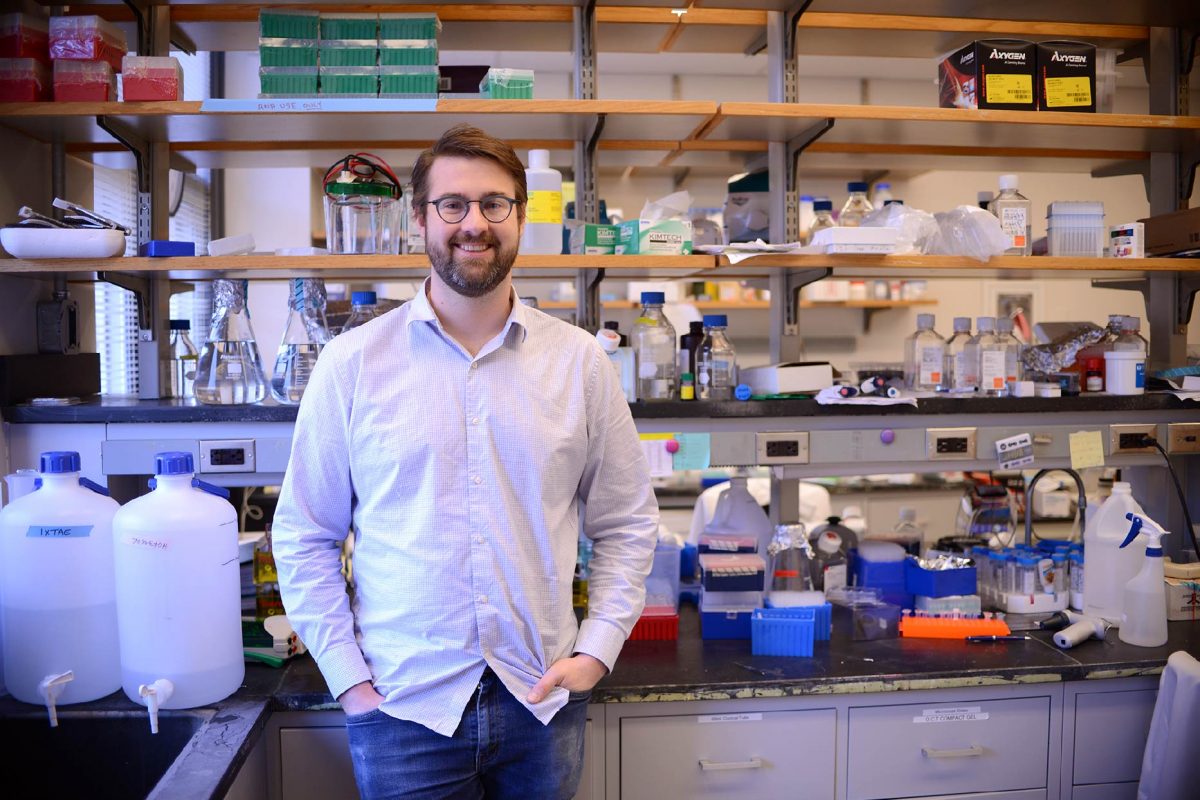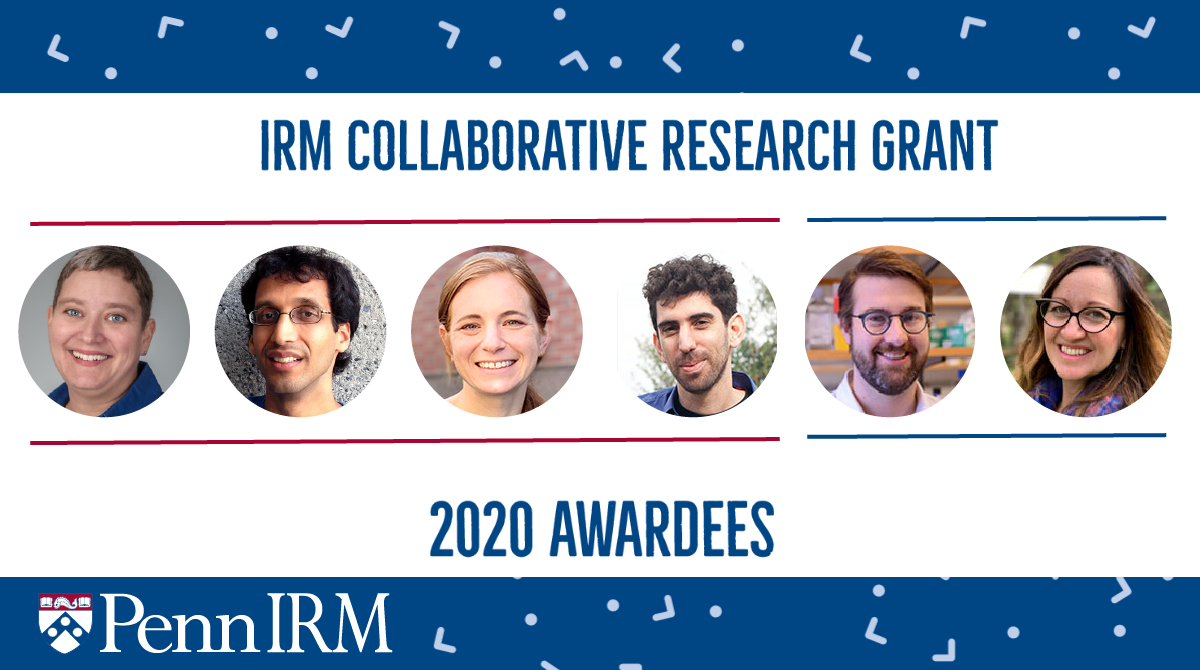In response to the COVID-19 pandemic, the IRM is funding two research projects that leverage stem cell, bioengineering, and organoid expertise to answer key questions about SARS-CoV-2 and its cellular effects. These one year projects are co-sponsored by Penn’s Departments of Bioengineering and Pathology and Laboratory Medicine (PSOM) and the School of Veterinary Medicine and make use of generous gifts from our donors. Keep reading to learn more about these exciting research projects and the scientists carrying them out.
Why are men more susceptible to COVID-19?
Penn Vet’s Andy Vaughan and Montserrat Anguera will explore a curious feature of COVID-19 disease: the fact that more men than women become severely ill and die. The two labs are focusing on the possibility that ACE2—an X chromosome gene that codes for the cell receptor targeted by the novel coronavirus—is expressed at higher level in women. Higher ACE2 expression correlates with reduced lung injury, so the team will explore whether it escapes X-linked inactivation in women and how hormones influence ACE2 levels in lung cells.
Finding coronavirus fast—and following where it goes
Currently available tests for SARS-CoV-2 have serious drawbacks: they are often difficult to run point-of-care and yield results after hours or days. A cross-university team of Arjun Raj, Sydney Shaffer, Ophir Shalem, and Sarah Cherry will test the use of RNA fluorescence in situ hybridization (RNA FISH), a rapid detection method that scours samples for viral RNA, for diagnostic purposes. This team will also examine autopsy samples to see which cell types are attacked by the virus and use RNA FISH and CRISPR together to identify host factors the increase the likelihood of coronavirus infection.


